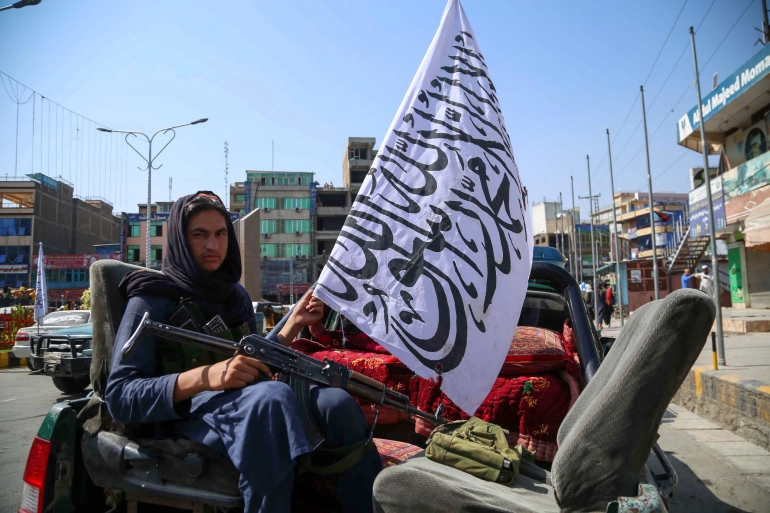- World
Survey Finds 40% of Afghan Media Disappeared Since Taliban Takeover

A new survey finds that at least 40 percent of media outlets in Afghanistan have disappeared and more than 80 percent of women journalists lost their jobs since the Islamist Taliban seized control of the country in mid-August.
Reporters Without Borders (RSF) conducted the study with its local partner, the Afghan Independent Journalists Association (AIJA), and released the findings Tuesday about Afghanistan’s once booming and vibrant national media.
It lamented that the environment for journalists in the capital, Kabul, and the rest of the country has become “extremely fraught” since the Taliban takeover.
“Of the 543 media outlets tallied in Afghanistan at the start of the summer, only 312 were still operating at the end of November,” according to the survey.
More than 6,400 journalists and media employees have lost their jobs since August 15 when the Taliban seized control of the Afghan capital, Kabul.
“Proportionally, women have been hit much more: more than four out of five (84%) have lost their jobs since the Taliban takeover, as against one out of every two men (52%),” the survey noted.
There are no working women journalists in 15 of the Afghanistan’s 34 provinces. The northern province of Jowzjan used to have 19 media outlets employing 112 women, now none of the 12 media outlets still operating is employing a woman.
The study used the figures for the previous situation from a survey conducted by media outlets and journalists operating in Afghanistan before the Taliban seized control of the country.
The Taliban in many municipalities have allegedly demanded that local media not employ any women journalists.
Most of the Afghan provinces had at least 10 privately owned media outlets just four months ago, but now some regions have almost no local media at all.
“The central Kabul region, which had more media that anywhere else, has not been spared the carnage. It has lost more than one of every two media outlets (51%). Of the 148 tallied prior to 15 August, only 72 are still operating,” the study found.
Of the 1,100 women journalists and media workers counted in the capital at the start of August, only 320 are now working – a 73% drop.
Hundreds of journalists have also left Afghanistan since August for fear of Taliban reprisals or because of problems associated with practicing their profession under Taliban rule.
Since establishing their acting government in September, the Taliban have issued a set of “journalism rules,” including media compliance with the Taliban interpretation of Islamic doctrine on “enjoying good and forbidding wrong.”
The survey described the guidelines as dangerous, saying they open the way to censorship and persecution, and deprive journalists of their independence.
Taliban officials have repeatedly denied allegations they are behind dozens of incidents of violence or stifling media freedom.
Reporters Without Borders quoted Taliban government spokesman Zabihullah Mujahid as telling the media watchdog his government supports “freedom for the media in the defined framework for preserving the country’s higher interests, with respect for the Sharia and Islam.”
When asked about some 40 incidents of violence against journalists since August 15, Mujahid said efforts are being made to train and control the behavior of Taliban security forces.
Taliban harassment alone is not blamed for the shrinking Afghan media landscape. Many media outlets were receiving national as well international funding that ended when the Islamist group seized control. Their economic troubles have been exacerbated byf a loss of advertising revenue.
There is an urgent need to rein in the spiral leading inevitably to the disappearance of Afghan media and to ensure that respect for press freedom is a priority,” said Reza Moini, the head of RSF’s Iran-Afghanistan desk.
“Beyond the numbers, the closure of nearly half of the country’s media and the loss of more than 6,000 jobs are a disaster for press freedom,” IAJA Executive-Director Hojatollah Mujadadi said.
Afghanistan has been regularly listed in recent years as one of the most dangerous countries for journalists. It was ranked 122nd out of 180 countries in the World Press Freedom Index that RSF published last April.
Source: VOA





